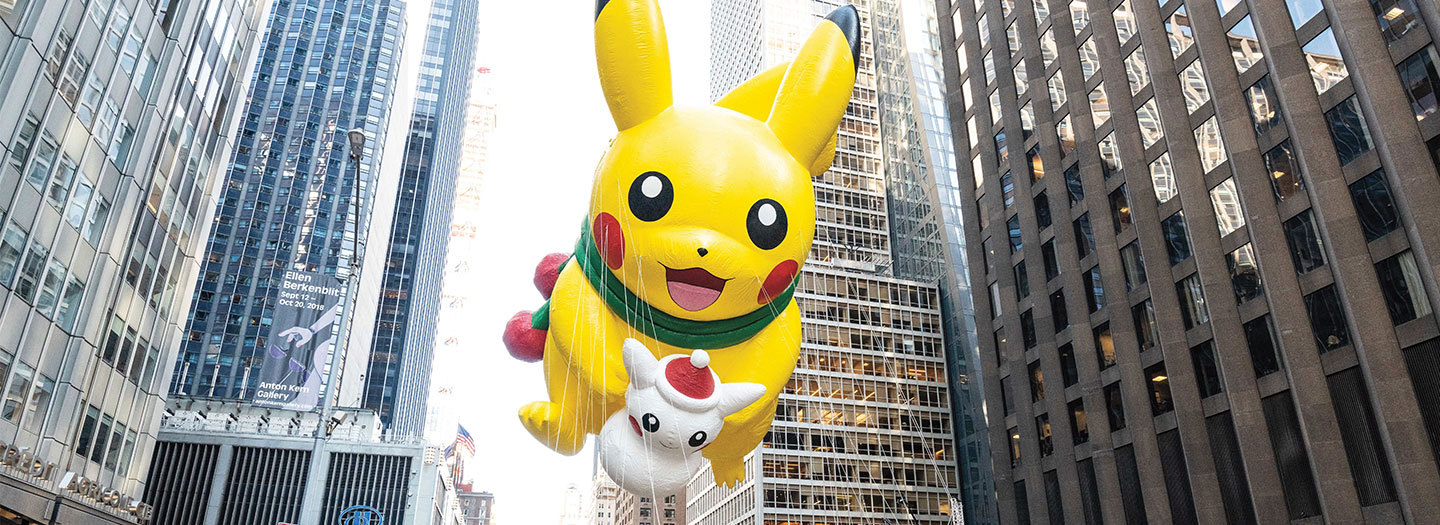This month, more than 50 million people will watch as giant balloons float through New York City in the annual Macy’s Thanksgiving Day Parade. Most of the balloon characters, from Pokémon’s Pikachu to Goku from Dragon Ball, tower an impressive five to six stories tall. What keeps these massive structures floating? The balloons are filled with helium (He), an odorless, colorless gas that’s lighter than air.
Each year, the Macy’s parade uses enough helium to fill more than 100,000 party balloons! The gas isn’t prized just for its ability to keep things aloft, however. It also has many important uses in science, technology, and medicine. But in recent years, high demand and low supply have made helium harder to come by. “Helium is a nonrenewable resource,” says Moses Chan, a physicist at Pennsylvania State University. People are using the gas faster than it can naturally be replaced. That has some worried: Are we on the verge of running out of helium? Science World spoke with experts to find out.
This month, giant balloons will float through New York City. More than 50 million people will watch the yearly Macy’s Thanksgiving Day Parade. The balloons look like characters, from Pokémon’s Pikachu to Goku from Dragon Ball. Most of them are five to six stories tall. What keeps these giant structures floating? The balloons are filled with helium (He). This odorless, colorless gas is lighter than air.
Each year, the Macy’s parade uses a huge amount of helium. It would fill more than 100,000 party balloons! The gas is prized, but not just because it makes things float. It also has many important uses in science, technology, and medicine. But in recent years, helium has been harder to get. That’s because of high demand and low supply. “Helium is a nonrenewable resource,” says Moses Chan, a physicist at Pennsylvania State University. People are using the gas faster than it can naturally be replaced. That has some worried. Are we close to running out of helium? Science World spoke with experts to find out.

